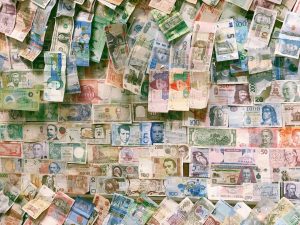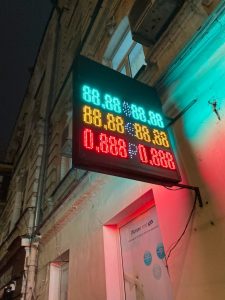When it comes to trading forex, one of the most crucial things you should keep in mind is when to take profit. Knowing when to exit a trade and take your profits can make a significant difference in your overall success as a trader. However, determining the right time to take profit can be challenging, and it requires a combination of technical analysis, market knowledge, and discipline.
In this article, we will explore the different factors that can help you determine when to take profit in forex.
1. Understand Your Trading Strategy
The first step in knowing when to take profit is to understand your trading strategy. Different strategies have varying approaches to exit trades. For instance, if you are a swing trader, you may aim to hold a position for more extended periods, and you may prefer to take profits at key levels of support or resistance. On the other hand, if you are a day trader, you may focus on shorter-term moves and take profits quickly to avoid any sudden market reversals.
Knowing your trading strategy will help you identify the right time to take profit and avoid exiting a trade too early or too late.
2. Use Technical Analysis
Technical analysis is a popular tool used by traders to identify potential entry and exit points in the market. It involves analyzing charts, indicators, and patterns to predict future price movements.
One of the most common indicators used by traders to determine when to take profit is the Relative Strength Index (RSI). The RSI is a momentum oscillator that measures the strength of a currency pair’s price action. When the RSI reaches overbought or oversold levels, it suggests that the market may be due for a reversal, and it may be an ideal time to take profit.
Another popular technical tool used by traders is Fibonacci retracements. These levels help traders identify potential support and resistance levels based on the Fibonacci sequence. When a currency pair reaches a significant Fibonacci level, it may be an indication to take profit.
3. Keep an Eye on Economic Events
Economic events can significantly impact the forex market, and it’s crucial to keep an eye on any upcoming events that may affect your trades. For instance, if a central bank is scheduled to make an announcement on interest rates, it may cause significant volatility in the market.
It’s essential to be aware of any upcoming events and adjust your trading strategy accordingly. If you are in a profitable trade and an economic event is about to occur, it may be wise to take profit beforehand to avoid any sudden market movements.
4. Set Realistic Profit Targets
Setting realistic profit targets is crucial to taking profit in forex. It’s important to set a target that is achievable and based on your trading strategy. If you set unrealistic profit targets, you may be tempted to hold onto a trade for too long, hoping for a larger profit, which may result in losses.
It’s recommended to set a profit target based on support and resistance levels or technical indicators. Once you reach your target, take profit and move on to the next trade.
5. Practice Discipline
Finally, practicing discipline is crucial to taking profit in forex. It’s easy to get carried away by emotions, such as greed or fear, when trading. However, it’s essential to stick to your trading plan and exit a trade when your profit target is reached.
It’s recommended to use stop-loss orders to limit your losses and take-profit orders to lock in profits. These orders can help you stay disciplined and avoid making impulsive decisions.
In conclusion, knowing when to take profit in forex requires a combination of technical analysis, market knowledge, and discipline. Understanding your trading strategy, using technical indicators, keeping an eye on economic events, setting realistic profit targets, and practicing discipline can help you exit trades at the right time and maximize your profits.





